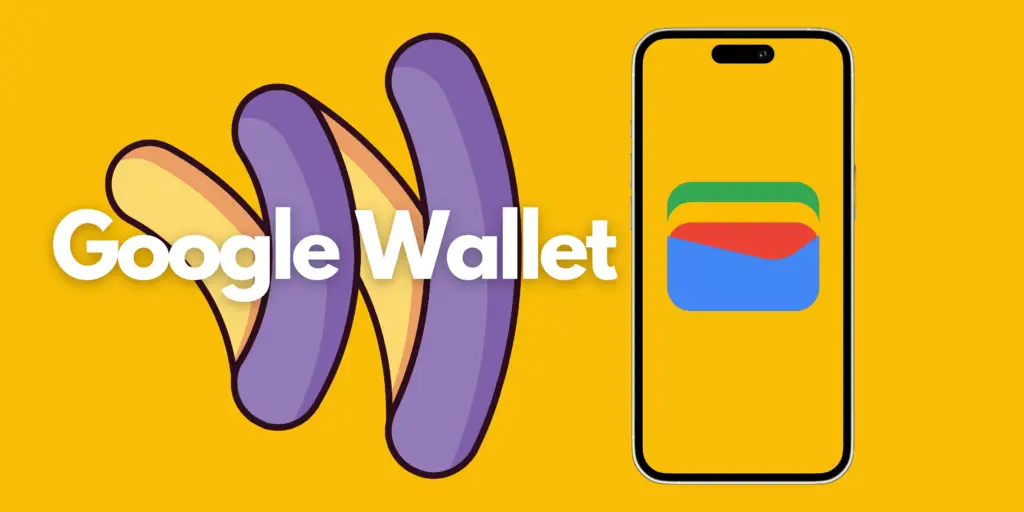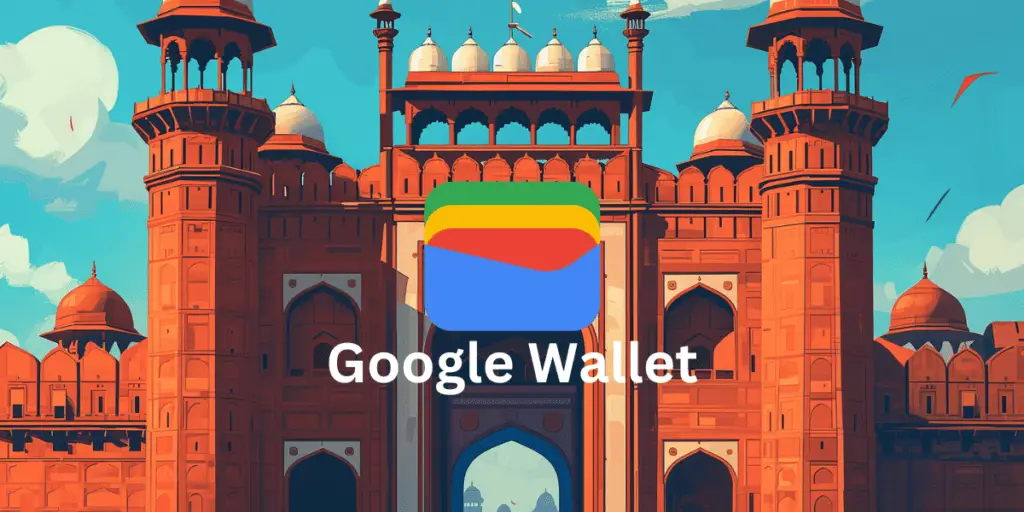Google has expanded its digital footprint in India with the launch of Google Wallet. A useful digital wallet designed to securely store personal information like loyalty cards, transit passes, and various IDs.
Google’s existing payment service, Google Pay, which continues to handle UPI transactions and other monetary exchanges.
Google Wallet, assures users that this new app complements but does not replace Google Pay. It aims to streamline how Indians carry and use their personal and payment-related information.
Google Wallet
Google Wallet has been reintroduced in India, and it has a fresh suite of functionalities that distinguish it from traditional payment apps, including Google Pay.
Google Wallet is a secure repository for storing various personal items digitally. Users can add loyalty cards, transit passes, event tickets, and different forms of personal identification.
All data stored within Google Wallet is protected by robust encryption protocols, ensuring that users’ sensitive information remains secure from unauthorized access.
Google Wallet announced partnerships with several leading brands across different sectors, including PVR INOX, Flipkart, Air India, Shoppers Stop, and Ixigo. This integration allows users to easily store and access branded loyalty cards and passes.
The variety of partnerships showcases Google Wallet’s versatility across entertainment, retail, and travel industries, making it a universally applicable tool for a broad audience.

Unlike its global counterpart, which supports credit and debit card storage, the Indian version of Google Wallet does not include these features. This adaptation reflects the specific market needs and regulatory environment in India.
Google Wallet comes pre-installed on all Pixel smartphones in India. It can be downloaded on other Android devices through the Google Play Store. It is not available on wearables in India, and its utility is focused on smartphones.
Google Wallet’s user-friendly interface makes it easy for users to quickly add, manage, and access their stored items.
The app includes features for quick access to frequently used cards or passes, such as transit tickets or loyalty cards, enhancing users’ everyday convenience.
These features of Google Wallet signify Google’s push towards enriching the digital wallet experience, offering more than just a payment solution but a way to digitize and simplify the secure carrying of personal and valuable information.
This strategic move caters to the evolving needs of modern consumers who prefer minimal physical encumbrances while ensuring that their essentials are always within reach digitally.
Google Wallet and Google Pay
While both were developed by Google and serve as tools for managing aspects of personal and financial life, Google Wallet and Google Pay are designed with distinct functionalities catering to different user needs.
Understanding these differences is crucial for users to decide which app best fits their requirements.
This is primarily a digital wallet for securely storing non-monetary items like loyalty cards, transit passes, event tickets, and various forms of ID.
It is designed to replace the physical wallet, providing a convenient and secure way to carry personal information digitally.
Focuses on monetary transactions and financial management. It allows users to send and receive money, make payments online and in stores, track spending, earn rewards, and find offers from favorite merchants.
It is best suited for individuals who attend multiple events, use public transportation frequently, or engage in loyalty programs with various retailers and want a single place to store all associated passes and cards.
Ideal for users who need a comprehensive financial tool for managing their finances, including tracking spending, budgeting, and dealing with day-to-day transactions.

Marketed as a lifestyle enhancement tool, it reduces the need for a physical wallet. It ensures easy access to essential items digitally. It’s positioned more towards improving everyday convenience and personal organization.
Positioned as a financial hub, it continues to be Google’s primary app for financial transactions, emphasizing security, economic insights, and integration with banking services.
Leverages technology to secure personal information and streamline access to digital cards. It also passes through features like barcodes and QR codes that can be scanned directly from a smartphone screen.
Utilizes UPI and other banking technologies to facilitate secure payments and financial tracking, strongly emphasizing integration with financial institutions and payment systems.
Offers a more specialized experience to reduce physical clutter and enhance digital convenience. It focuses on digitizing wallet contents.
Provides a broader financial management experience, focusing on money handling and economic health, integrating with various economic and retail services.
Understanding these distinctions helps users navigate the functionalities of each app effectively, enabling them to leverage Google’s digital solutions according to their personal and financial needs.
This differentiation ensures that Google Wallet and Google Pay coexist, serving complementary roles in the digital economy.
How to Use Google Wallet
Google Wallet comes pre-installed for users with Google Pixel smartphones, making it readily accessible.
Users with other Android devices can download Google Wallet from the Google Play Store. Simply search for “Google Wallet” and click on the install button.
Open Google Wallet and sign in to your Google account to use the app.
You can begin adding items such as loyalty cards, transit passes, event tickets, and other forms of IDs by tapping the “+” button and following prompts to either scan the card’s barcode or manually enter the details.
You can access your items directly from the app once they are added. Google Wallet organizes each card or passes neatly, making it easy to find what you need.
To redeem transit passes, show your digital ticket screen at transit terminals. To redeem loyalty cards or event tickets, present the barcode or QR code through the app at participating venues.
Ensure that your device has a secure lock screen setup, such as a PIN, pattern, or biometric authentication like fingerprint or facial recognition. Google Wallet will require authentication before allowing access to the wallet’s contents.
If your device is lost or stolen, you can use Google’s Find My Device service to lock it remotely or erase sensitive information stored in Google Wallet.
Google Wallet is available on most Android devices running compatible operating system versions.
It is important to note that Google Wallet is not currently available on wearable devices in India.
If users have any issues or questions about using Google Wallet, they can access help within the app or visit the Google Wallet support website for more detailed guides and troubleshooting tips.
Using Google Wallet in India is designed to be a seamless and secure experience. It enhances convenience by digitizing your wallet’s contents and reducing the need to carry multiple physical cards and passes.
History and Evolution
The journey of Google Wallet from its inception to its re-introduction in India is marked by several significant transformations and strategic pivots.
Understanding this history provides insight into its current design and functionality.
Google Wallet was first launched in 2011 as one of the pioneering digital wallet services. It allowed users to store credit and debit card information for making mobile payments directly from their phones.
It used near-Field Communication technology to facilitate contactless payments.
The initial goal was to simplify how consumers carried and used their payment cards by digitizing the physical wallet.
In 2018, Google Wallet merged with Android Pay to form a new service called Google Pay. This merger was part of Google’s strategy to streamline its payment services under one umbrella, enhancing functionality and extending its reach globally.
The new Google Pay integrated features from both services, focusing on a comprehensive approach to mobile payments, loyalty programs, and transaction tracking.
Before the global consolidation, Google introduced Google Tez, a separate app designed specifically for the Indian market based on the Unified Payments Interface system, which later became part of Google Pay.
There were effectively two versions of Google Pay for a time—one tailored for the Indian market with UPI integration and another for international users.

In 2022, Google separated the non-payment features from Google Pay and reintroduced Google Wallet as a distinct application. This move was aimed at more effectively addressing specific user needs.
The reintroduced Google Wallet focuses on securely storing and managing non-payment items such as loyalty cards, transit passes, and IDs, differentiating it from Google Pay, which focuses on financial transactions.
The latest version of Google Wallet was launched in India with enhanced features tailored to the Indian consumer base. It emphasizes the secure storage of personal and digital items other than direct financial tools.
This relaunch aligns with Google’s strategy to cater to the evolving digital needs of consumers globally, offering solutions that complement the existing digital payment infrastructure represented by Google Pay.
The history of Google Wallet showcases Google’s ongoing commitment to innovation and adaptability in digital payments and personal management.
Each phase of its evolution reflects a response to changing market demands and technological advancements, culminating in a product that simplifies and secures how individuals carry essential personal information.
Final Thoughts
Google is trying to provide a secure and convenient platform for storing non-monetary items such as loyalty cards, transit passes, and IDs. With this Google Wallet can enhance the digital experience, promoting a less cluttered and more organized lifestyle.
Google Wallet and Google Pay, operating concurrently, serve complementary functions that cater to a broad spectrum of user needs—from financial transactions to digital storage.
This strategic differentiation ensures that Google continues to meet diverse consumer demands while strengthening its position in the digital payments and wallet market.
Looking ahead, the impact of Google Wallet extends beyond individual convenience to influence broader market dynamics.
It encourages further innovation in digital wallet technology, intensifies competition among service providers, and fosters new partnerships across various industries.
It supports the push towards a digital economy in India, providing impetus for increased digital adoption and literacy among the population.


